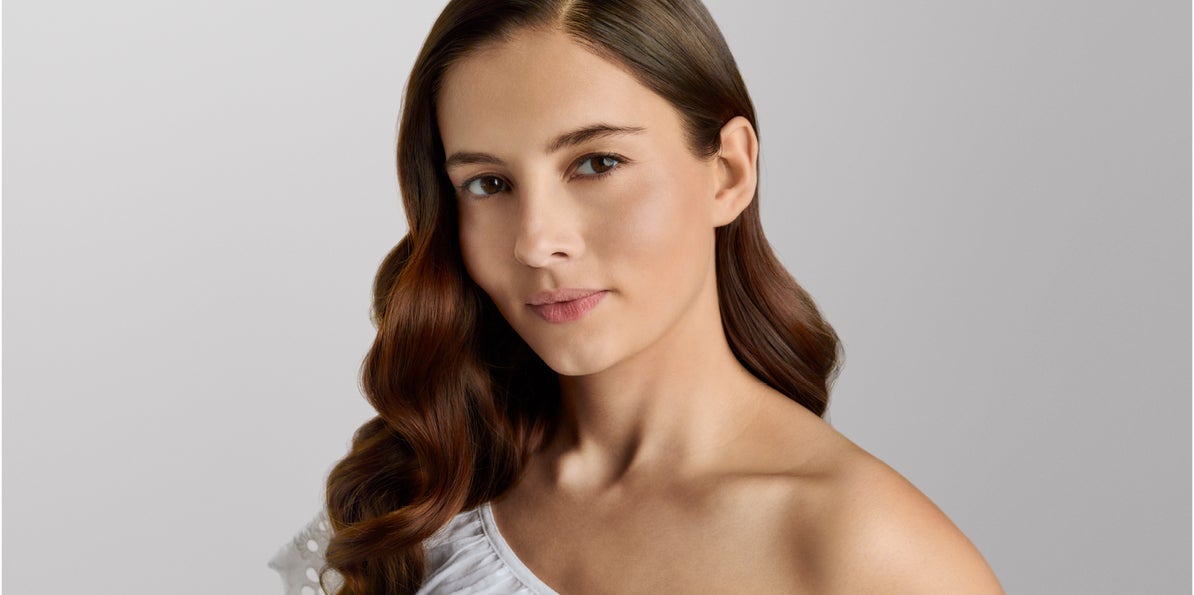
Your Skinbooster treatment
Before you have any treatment with Restylane Skinboosters you will have a consultation. Make sure that you are well prepared. Think through all the questions you may have and what results you would like to achieve. We warmly recommend you to read through our Q&A section below to find out more about treatments with Restylane Skinboosters.
The first step: Find your clinic
Christoph Martschin, dermatologist, Sweden, gives you his best advice on how to find a clinic and a healthcare practitioner that you can trust and be comfortable with.
Treatment areas
Restylane Skinboosters gives hydration and smoothness to your face, neck, décolletage and hands.


What to ask your practitioner
Here are a few questions that we recommend you to ask your healthcare practitioner:
• What results can I expect from the treatment?
• What happens during the treatment?
• Could my medical history or previous treatments affect or prevent treatment?
• Are there any side effects and precautions that I should know about?
• Is there anything I should do before and after treatment?
• Any other question you may have.
You will also find detailed information about treatment with Restylane Skinboosters in our FAQ section below.
FREQUENTLY ASKED QUESTIONS
How should I prepare before my consultation?
You will always have a consultation before your first treatment. Think through what you want to achieve and the questions you may have. Your healthcare practitioner will inform you how Restylane Skinboosters can be used in a safe way to give you a radiant and refreshed look. You will also be asked about your medical history. When you leave your consultation, you should feel well informed about Restylane Skinboosters and you should know what results to expect.
What should I think about when choosing a clinic?
Make sure that you contact a clinic with qualified practitioner(s) to ensure that your treatment will be performed correctly. You could always search in national registers of licensed aesthetic treatment specialists. Your treatment should be performed in a medical environment that provides privacy and is spotlessly clean. You can always request to see training certificates and insurance certificates to ensure that your healthcare practitioner has received the appropriate training and is insured for the treatment.
Who is qualified to administer treatments with Restylane Skinboosters?
Only medically qualified practitioners should perform treatments with Restylane Skinboosters. Depending on the legislation in your country, this may include plastic surgeons, cosmetic clinicians, dermatologists, cosmetic dentists or aesthetic nurses. If in doubt, please see our list of certified clinics/practitioners close to you.
What should I expect from my chosen healthcare practitioner?
Your healthcare practitioner should provide you with comprehensive information and give you a detailed explanation regarding your treatment.
This is what you should expect:
• Information about the possibilities and limitations of the treatment
• Information about possible side effects and precautions for treatment
• Information about the cost of the treatment and maintenance treatments
• That your questions are answered to your full satisfaction
Who should not have a treatment with Restylane Skinboosters?
Patients with a known allergy to hyaluronic acid based products should not undergo treatment, nor should patients with bleeding disorders, or active skin disease such as inflammation, infection or tumors in or near the area to be treated. Discuss side effects, warnings and precautions with your healthcare practitioner before treatment with Restylane Skinboosters.
If you have deep wrinkles and folds, another treatment could be more beneficial for you. Please ask your healthcare practitioner what treatment will give you the best results.
Please note that Restylane Skinboosters is recommended for people who are 18 years or older.
Can I have a treatment with Restylane Skinboosters if I am pregnant?
Restylane Skinboosters has not been tested for pregnant or breastfeeding women.
Skin insights
REFERENCES
1 Gubanova EI et al. Poster presented at IMCAS 2015.; Streker M et al. J Drugs Dermatol 2013;12, 990-994.
